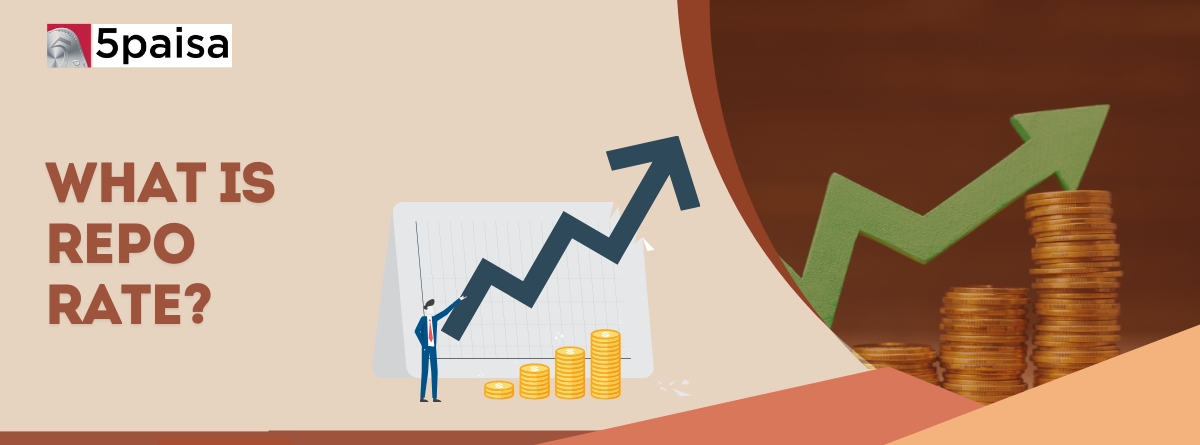Content
- What is Repo Rate?
- Why Should You Keep Track of Repo Rate?
- Current Repo Rate in India
- Reserve Bank of India Repo Rate
- Historical Repo Rates from 2024 to 2010
- Calculation of Repo Rate by the Reserve Bank of India
- What is Affected by a Change in Repo Rate?
- What is Reverse Repo Rate?
- Difference Between Repo Rate and Reverse Repo Rate
- Conclusion
The repo rate is one of the most powerful tools the Reserve Bank of India (RBI) uses to maintain economic stability. It influences everything from your home loan EMI to the country’s inflation level. But what exactly is it, and why should you care? Whether you're a borrower, investor, or business owner, understanding the repo rate helps you make smarter financial decisions.
In simple terms, the repo rate is the interest rate at which RBI lends money to commercial banks. When this rate goes up, borrowing becomes costlier, which can help control inflation. When it goes down, loans become cheaper, boosting economic activity.
From managing inflation to shaping interest rates on loans and deposits, the repo rate is central to India’s monetary policy. This blog will break it down in simple language—what it is, how it works, the current status, and its wide-ranging effects on various sectors and your everyday finances.
More Articles to Explore
- Difference between NSDL and CDSL
- Lowest brokerage charges in India for online trading
- How to find your demat account number using PAN card
- What are bonus shares and how do they work?
- How to transfer shares from one demat account to another?
- What is BO ID?
- Open demat account without a PAN card - a complete guide
- What are DP charges?
- What is DP ID in a demat account
- How to transfer money from demat account to bank account
Disclaimer: Investment in securities market are subject to market risks, read all the related documents carefully before investing. For detailed disclaimer please Click here.
Frequently Asked Questions
The repo rate is the interest rate at which banks borrow money from the RBI by pledging government securities as collateral.
The repo rate is the rate at which commercial banks borrow funds from the RBI against government securities.
Changes in the repo rate impact loan interest rates, savings returns, and even stock market performance.
While rare, it’s theoretically possible. Negative rates are usually adopted in deflationary economies, but India hasn’t experienced this scenario.
While the repo rate is the rate at which banks borrow from the RBI, the reverse repo rate is the rate at which the RBI borrows from banks.
A higher repo rate discourages borrowing and reduces money supply, which can help curb inflation, while a lower rate increases liquidity, potentially fueling inflation.
The RBI adjusts the repo rate to manage liquidity, control inflation, and stimulate economic growth.
The RBI reviews and updates the repo rate during its bi-monthly monetary policy meetings.
Yes, changes in the repo rate influence banks’ lending rates, which can directly affect your home loan EMIs.
Generally, yes. A lower repo rate reduces borrowing costs for businesses, often boosting the stock market.
If the repo rate is too high, borrowing becomes expensive, slowing down economic growth.
No, repo transactions occur between the RBI and commercial banks.
It impacts loan availability, business growth, and overall economic conditions, influencing market trends



